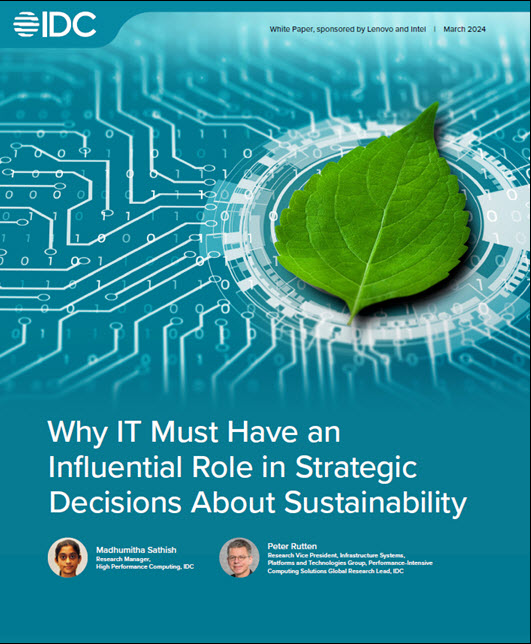 Today Green Revolution Cooling announced that VSC-3 Vienna Scientific Cluster has achieved a mechanical Power Utilization Effectiveness (mPUE) rating 1.02, making it one of the most efficient data center facilities in the world.
Today Green Revolution Cooling announced that VSC-3 Vienna Scientific Cluster has achieved a mechanical Power Utilization Effectiveness (mPUE) rating 1.02, making it one of the most efficient data center facilities in the world.
We are very impressed by the efficiency achieved with this installation. It is particularly impressive given that it uses zero water. We believe this is a first in the industry,” said Christiaan Best, CEO and founder of Green Revolution Cooling (GRC), the company that manufactures the immersion cooling system used by the VSC-3.
VSC-3 uses a closed loop dry cooler as the final method of heat rejection, meaning the system does not require any water input. And while the lack of evaporative cooling may lead to a slight increase in cooling energy during the summer, GRC does not expect the cooling overhead to increase beyond 6% of the IT load. The ultra-efficient supercomputing cluster, the VSC-3, was installed in 2014, after a unique tender process that accounted for the total cost of ownership of various technologies rather than the usual lowest upfront cost alone. Green Revolution Cooling, together with Intel, ClusterVision, and Supermicro came up with a custom solution that was well ahead of the competition.
The winning solution, pictured above, is made up of 2,020 nodes, each with 16 processor cores housed in the CarnotJet System. The more than 600 teraflops of computing power takes up a mere 540 kilowatts of power and is packed into a little over 1000 square feet of white space.
Green Revolution Cooling’s oil immersion cooling technology gave the bid a number of significant advantages over the competing solutions. Apart from being extremely efficient at cooling the cluster, the GRC system also helped reduce the energy consumed by the servers as well as the upfront build-out cost of the data center, including the cost of the very servers the system cools.
The value proposition of the GRC system was extremely impressive,” said Christopher Huggins, Commercial Director at ClusterVision. “The whole data center and cluster was far less expensive than it would have been with any other cooling solution on the market. We are certain we will be using the GRC solution on more projects in the future.”
The key to GRC’s technology lies in its unique approach of immersing complete servers in a mineral oil based coolant called ElectroSafe, which is a clear, non-toxic, liquid that is an electrical insulator but a good conductor of heat. In fact, it has 1,200 times the heat capacity of air by volume, making it ideal for cooling IT equipment. The superior thermal conductivity and heat capacity of the coolant, as compared to air, helps reduce the energy required to extract heat from nodes in order to maintain optimum core temperatures. The system also completely eliminates the need for capital intensive air conditioning equipment such as chillers, air handlers, humidity control, and even raised floors.
Further, the technology enables hardware optimization such as the removal of fans and intricate chassis, which are no longer required. The removal of fans and reduction in leakage current also allows for the downsizing of power supplies. These hardware optimizations alone saved an estimated $300 per server as compared to an off the shelf solution of similar configuration.




Vienna is a “cool” place (I am in Austria). Are there technical details about this achievement available? Claims are easy to make without exact details and verification.